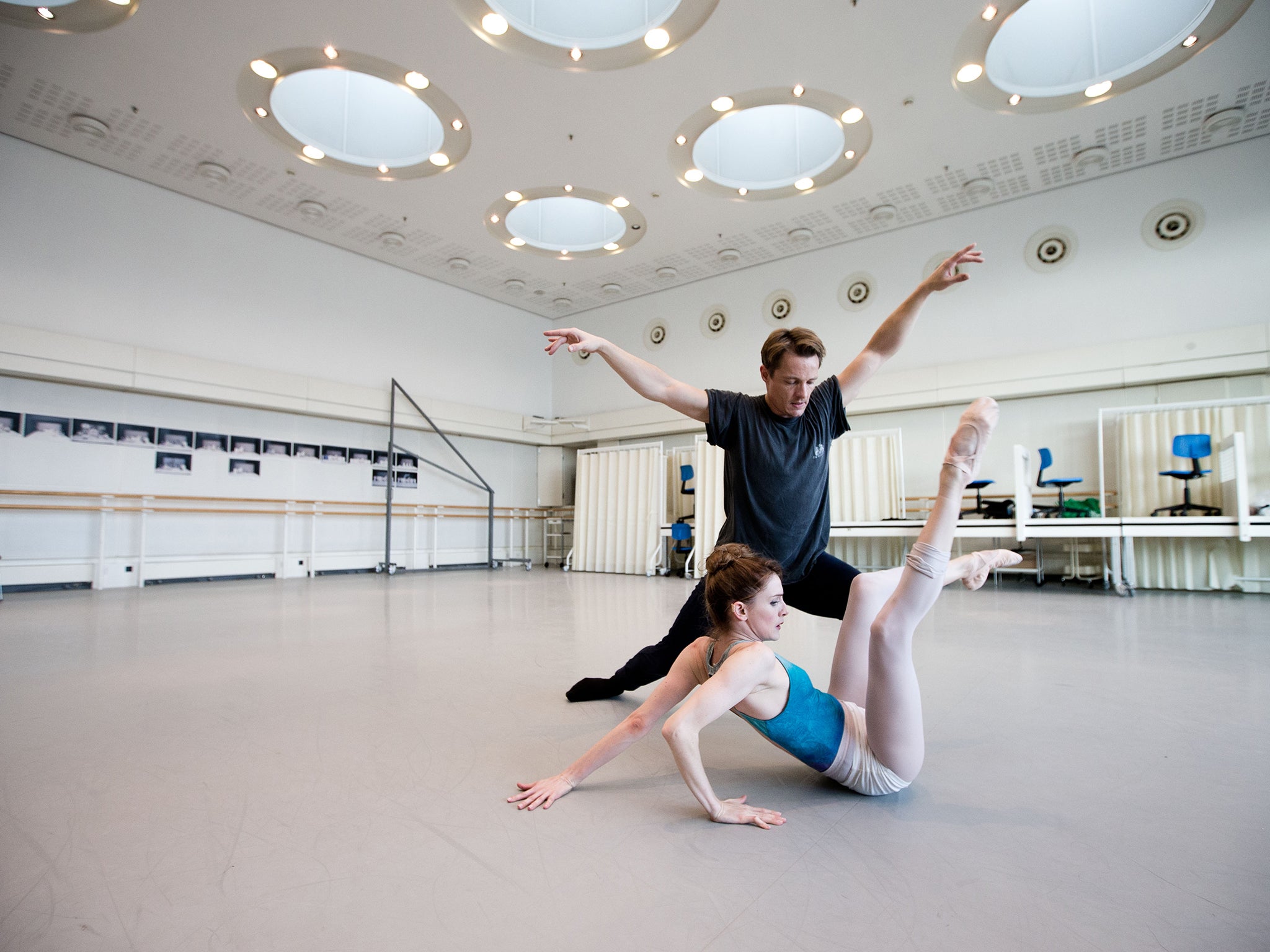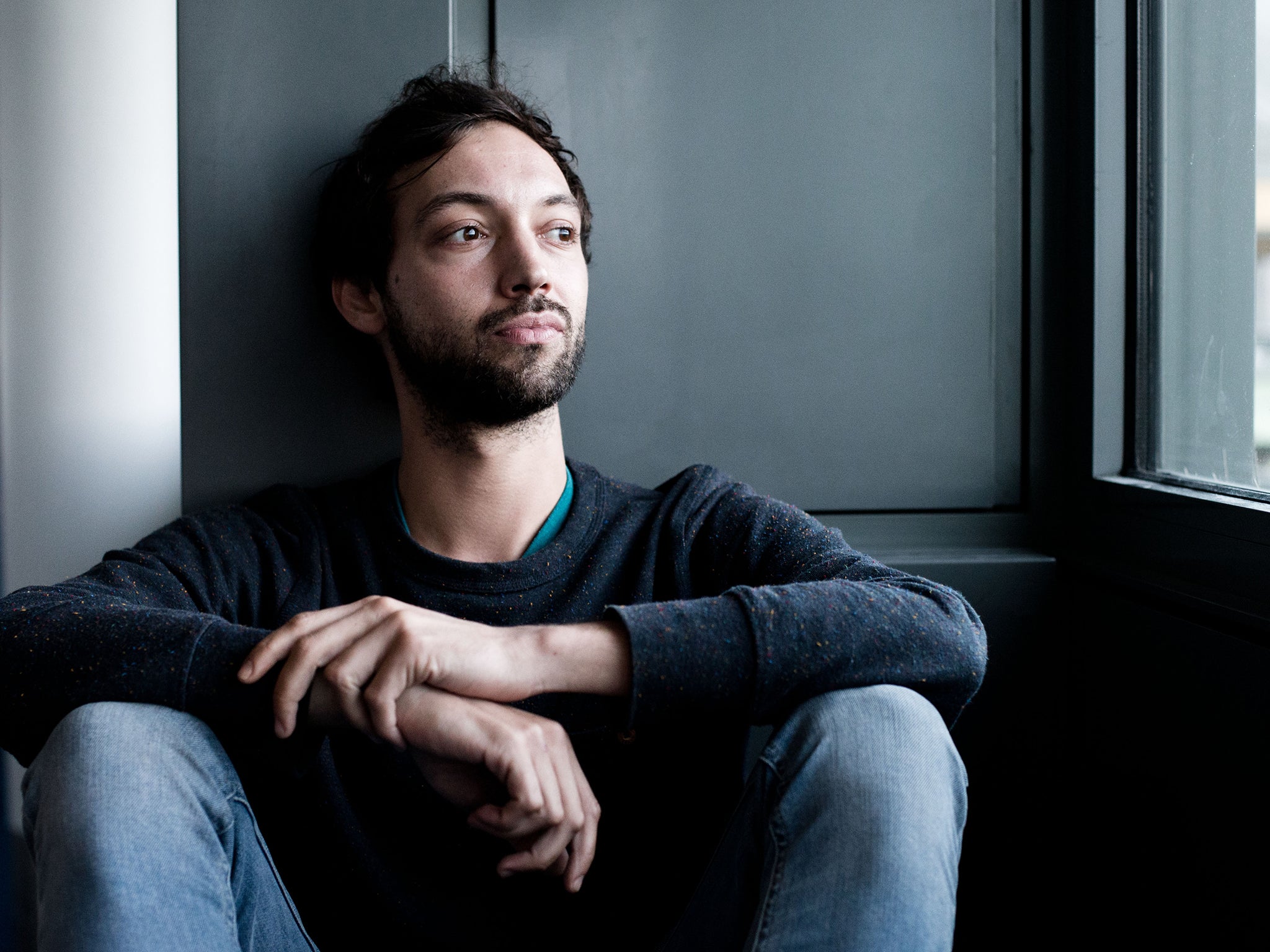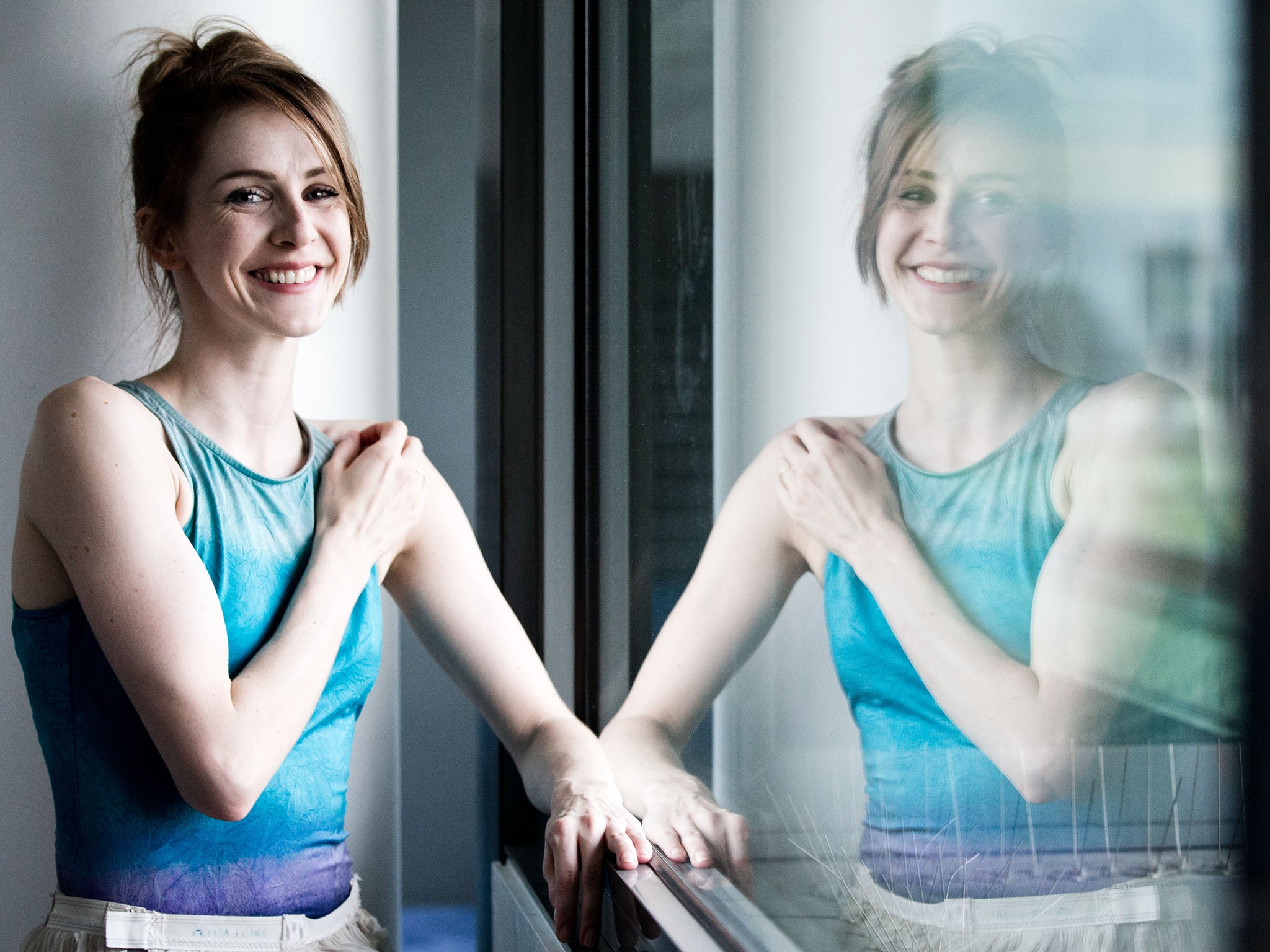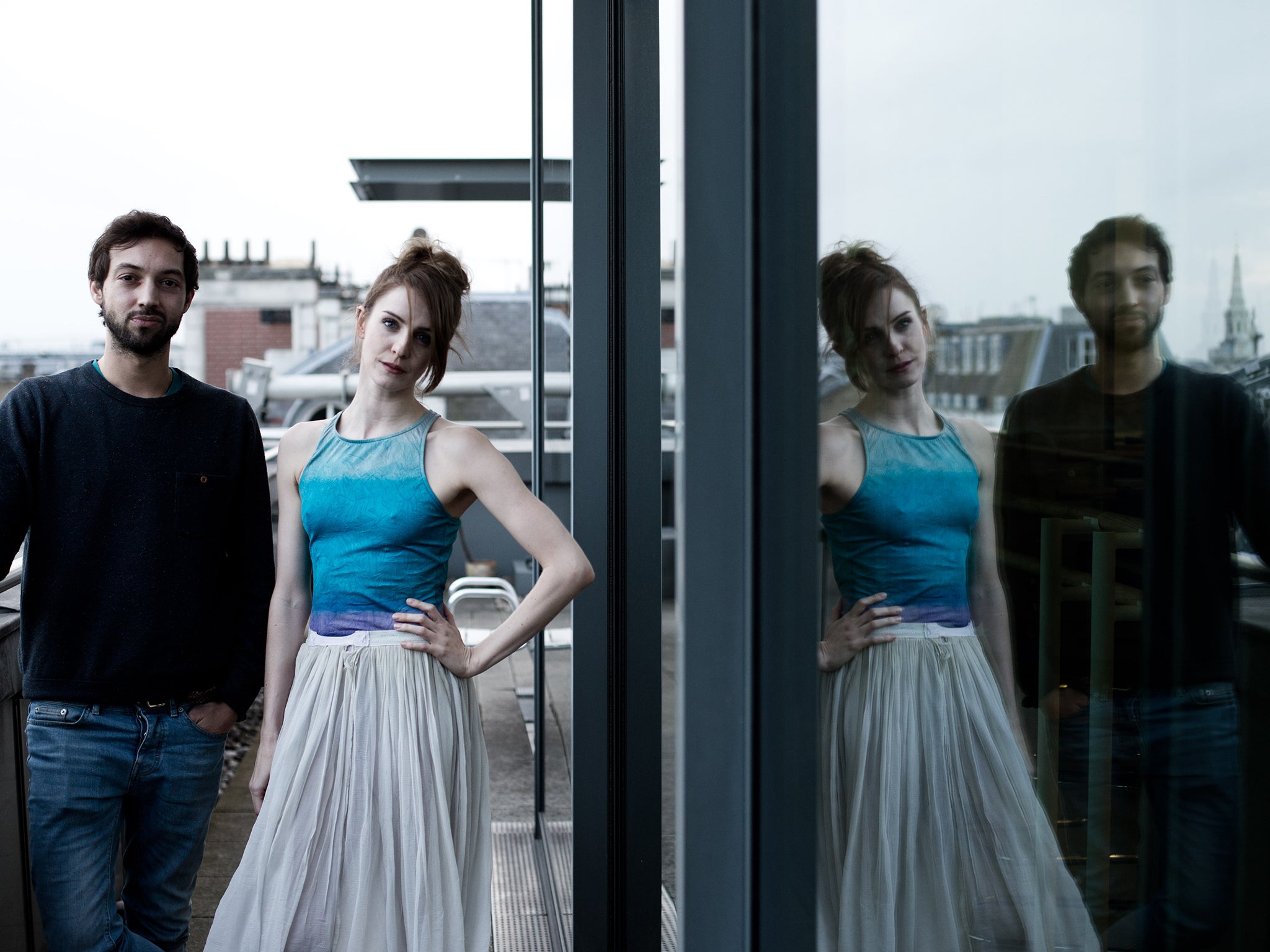Choreographer Ludovic Ondiviela on making mental illness the subject of his new work
Royal Ballet dancer-turned-choreographer Ludovic Ondiviela's new ballet Cassandra focuses on the idea of psychosis and society’s attitude towards it

Your support helps us to tell the story
From reproductive rights to climate change to Big Tech, The Independent is on the ground when the story is developing. Whether it's investigating the financials of Elon Musk's pro-Trump PAC or producing our latest documentary, 'The A Word', which shines a light on the American women fighting for reproductive rights, we know how important it is to parse out the facts from the messaging.
At such a critical moment in US history, we need reporters on the ground. Your donation allows us to keep sending journalists to speak to both sides of the story.
The Independent is trusted by Americans across the entire political spectrum. And unlike many other quality news outlets, we choose not to lock Americans out of our reporting and analysis with paywalls. We believe quality journalism should be available to everyone, paid for by those who can afford it.
Your support makes all the difference.In the Royal Opera House’s airy MacMillan Studio, the young French choreographer Ludovic Ondiviela is rehearsing a pas de deux from his new ballet, Cassandra.
The dancers Olivia Cowley and Thomas Whitehead are centre stage – but this is no typical ballet duet. The male character is clearly heartbroken, sometimes wrapping his arms around a figure who is not there. His partner drifts aside; he lifts and spins her, off-centre; her lines are broken, her gaze intermittently blank and disengaged. He tries to reach her emotions, without hope.
Mental illness is not an obvious topic for ballet. But push at the boundaries and there is nothing it cannot express. Take the famous “mad scene” in Giselle, when the heroine loses her mind on learning that her lover has betrayed her; or Prince Rudolf, whose mental disintegration is at the heart of Mayerling; or Anastasia, another Kenneth MacMillan ballet, based on the story of a woman who believed she was the daughter of Tsar Nicholas II. These works suggest a rare yet compelling fascination with what “madness” really constitutes.
In opera, the topic is equally perennial, from Donizetti’s Lucia di Lammermoor (where coloratura vocal gymnastics portray the heroine losing touch with reality) to Stravinsky’s The Rake’s Progress, which concludes with a heart-rending scene in Bedlam. On 22 October a new opera by the composer Benjamin Tassie was premiered, entitled The Anatomy of Melancholy, exploring the links between physical and mental health. It aims to encourage us all to discuss these harrowing topics with more honesty and openness.
Cassandra brings that idea right up to date through dance. Ondiviela has been researching the project for two years. “My grandfather had Alzheimer’s,” he explains, “and ever since then I’ve been interested in the relation between the brain and the emotions, and the way that sometimes mental illness affects the people around the patients perhaps even more than the patients themselves.

“I started looking into the story of Cassandra because today someone who is diagnosed with psychosis is still said to have ‘the Cassandra syndrome’,” he adds. “It’s interesting that there is a very blurred line in society between what is considered mad and what is considered normal behaviour. We might all have behaviours that someone else would consider mad because they don’t relate to it.”
The syndrome refers to the ancient Greek princess Cassandra, whose gift for prophecy was considered madness; the ballet mirrors that story in the present day. Its heroine travels through apparent delusions and paranoia, interacting with her workmates, family and lover, until she is hospitalised and, possibly, medicated. A contrast in physical language between the suffering individual and those around her becomes a vital element in translating complex states of mind into dance.
Ondiviela delved into this by visiting the Homerton Hospital, east London, talking to doctors, nurses and patients and observing their movements. “We walked through the whole hospital, which was very important to get the feeling of what these very clinical and rather grim places are like,” he says. “I’ve tried to incorporate the physicality of some of the patients I saw, putting them into the ballet to make something realistic, sometimes ugly to look at and emotionally quite powerful; for instance, I saw a lot of people who had nervy twitches. I think there can sometimes be great beauty in ugliness.”
Nor need the depiction of mental illness be entirely negative, he adds: “Sometimes these people go through experiences that are beautiful, spiritual and blissful. In one scene Cassandra goes into a kind of euphoria, … as if maybe she’s talking to God. If you see someone like that from outside you might be horrified, but to her this is incredible. And who are we to say that what she’s experiencing is not true? Maybe she really is speaking to God, but because we don’t relate we decide to call it madness.”

On a visit to the Vortex jazz club in Dalston, north-east London, Ondiviela met the singer-songwriter Ana Silvera; they began to discuss working together and settled on the idea of psychosis and society’s attitude towards it. Silvera’s specially composed score was inspired by the poetry of Wislawa Szymborska on the legend of Cassandra; the singer herself appears on stage to represent the ancient prophetess as an imaginary companion to the dancer in the present day.
“I wanted to show a clear difference between the way Cassandra communicates with the real people in her life and how she communicates in her imagination with the people who come into her mind,” says Ondiviela. “This was perfect. The real people dance; the people in her mind sing.”
It was vital to avoid “madness” clichés: “You don’t want to be stereotypical ‘mad’ and ‘crazy’,” Olivia Cowley says. “You want it to be very subtle, especially as the Linbury is a very intimate stage.”
She has stepped into the leading role at a late stage to replace the injured Lauren Cuthbertson, and has since been making the role very much her own. “It’s wonderful to be choreographed on,” she says, “because you take the natural movements that you feel you might do if you are going mad and Ludovic manipulates them. It’s going to take a lot of stamina, both physical and emotional.”

Ondiviela’s biggest work to date, Cassandra marks his leap into the freelance unknown; after 13 years of dancing with the Royal Ballet he has resigned to devote himself to choreography. He and Cowley have known each other since joining the Royal Ballet School at the same time and are good friends: “It’s great working with Olivia, because she really ‘gets’ me emotionally,” Ondiviela remarks.
Will Cassandra be cured? Ondiviela won’t let on, but remarks: “The question is, does she need to be cured?” As he says, the issue has many more shades than we might expect. If art can illuminate the darkest corners of the human mind and make us better able to face up to them, perhaps that is what it is really for.
‘Cassandra’, Royal Opera House, Linbury Studio Theatre, London WC2 (020 7304 4000) 30 October to 1 November
Join our commenting forum
Join thought-provoking conversations, follow other Independent readers and see their replies
Comments